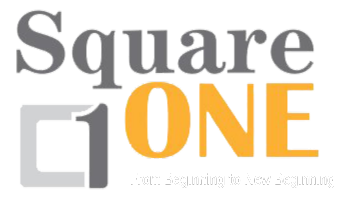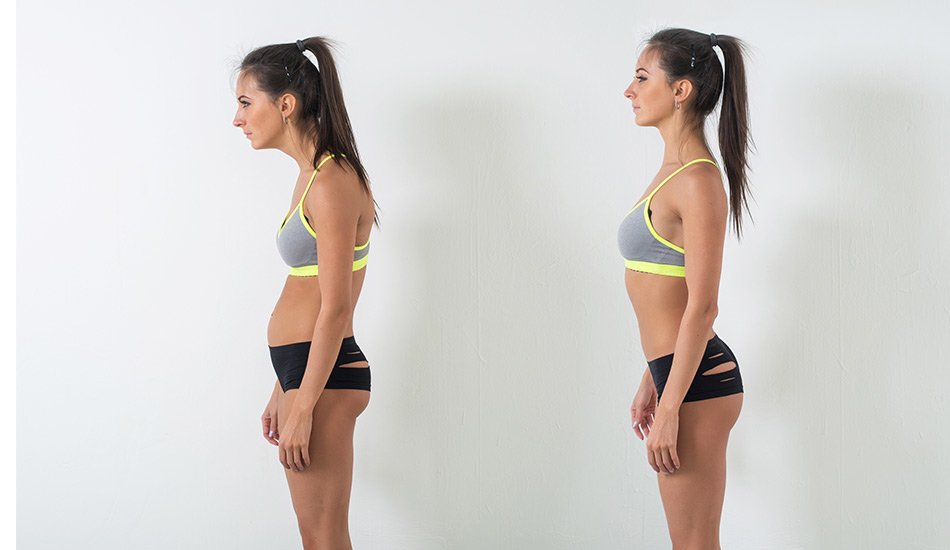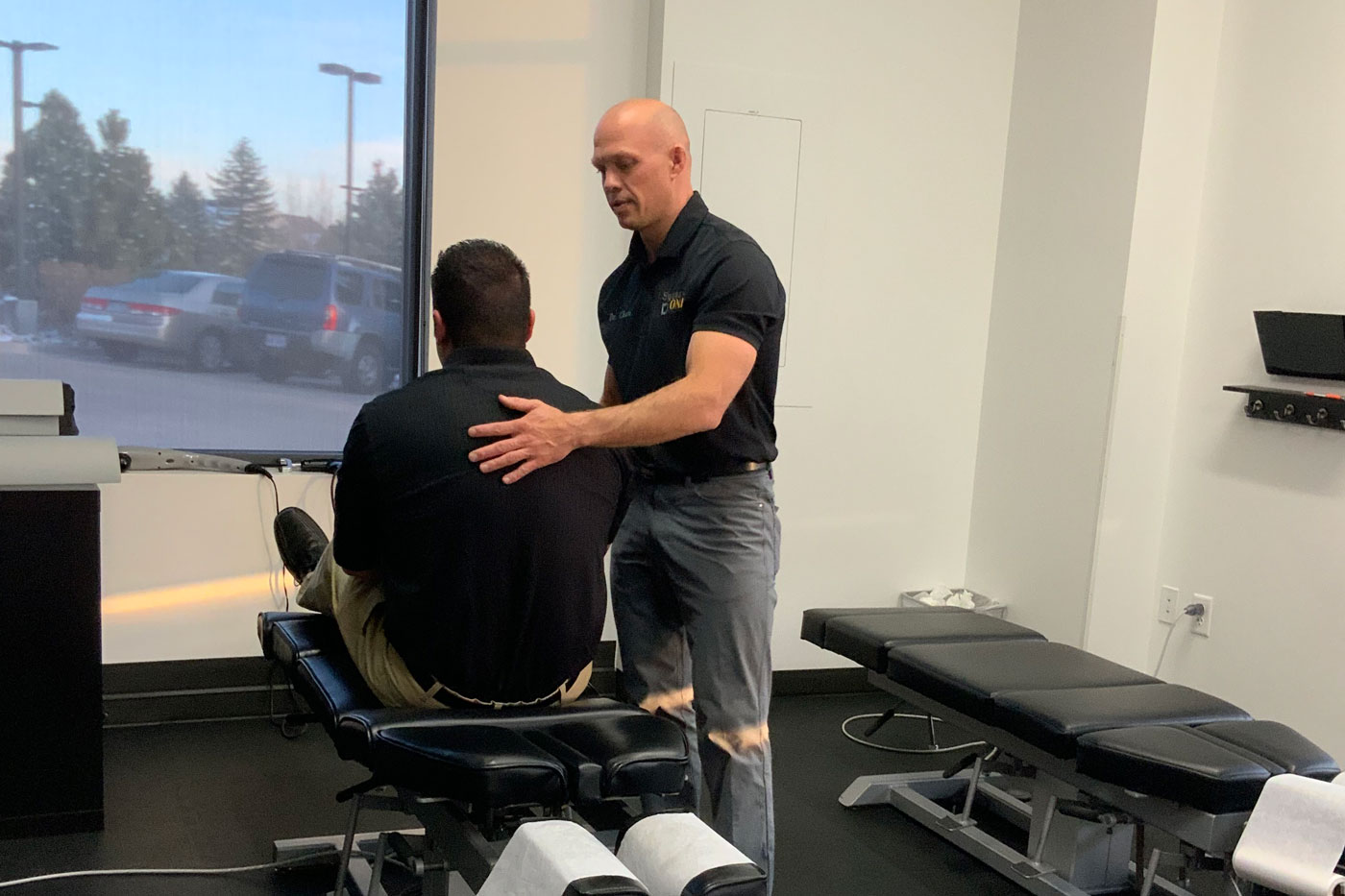Posture & Hyperkyphosis in Fort Collins, CO
Can we help with your poor posture? (Take the following quiz)
UNDERSTANDING POSTURE AND HYPERKYPHOSIS
Don't Wait!
Schedule your new patient consultation now.
Take advantage of our limited time offer. Call or schedule online today!
Signs and Conditions
Normal Posture:
Achieving and maintaining a normal posture is crucial for overall health. When viewed from the front, the head should be straight, level, and centered over the shoulders. The shoulders and ribcage should be aligned over the hips, with no signs of unevenness or rotation. From the side, there should be a straight line running from the ear through the shoulder, hip, and ankle. This alignment ensures maximum energy efficiency, reduces muscle tension, and decreases pressure on the joints.
Forward Head Posture:
This condition is characterized by the forward translation of the head, which significantly increases stress and strain on the muscles and ligaments of the neck and upper back. For every inch of forward movement, the workload on these muscles doubles, leading to a range of issues including increased pressure on the spine, disc degeneration, and potential nerve impingement.
Hyperkyphosis:
Hyperkyphosis defined by an excessive rounding of the thoracic spine, and it is associated with a myriad of health issues including neck pain, headaches, back pain, and decreased quality of life. It affects a significant portion of the population, with a higher prevalence in the elderly due to a combination of degenerative changes, muscular weakness, and altered biomechanics.
Our Treatment Approach
We understand that each patient is unique, and we are committed to providing personalized care to address the specific needs of individuals dealing with poor posture and Hyperkyphosis. Our team of healthcare professionals employs Chiropractic BioPhysics (CBP), an evidence-based technique that has been proven to correct spinal alignment and reduce the rounding of the spine. This method combines precise spinal traction, targeted exercises, and chiropractic adjustments to rehabilitate the spine and promote optimal health. Chiropractic BioPhysics (CBP) is the most researched and studied method to correct and restore normal posture without surgery. We are the only clinic in Fort Collins with doctors certified in Chiropractic BioPhysics technique.
Our approach goes beyond treating the symptoms; we aim to identify and address the root cause of the issue, ensuring sustainable results and improved quality of life for our patients. By correcting spinal misalignments, we help to alleviate pain, enhance mobility, and improve overall functionality.
Choosing our clinic in Fort Collins for your posture and Hyperkyphosis treatment ensures that you are in the hands of experts who are dedicated to your well-being. Our unique approach guarantees a range of benefits including improved spinal alignment, reduced pain and discomfort, enhanced mobility, and an overall better quality of life.
Don’t let poor posture and Hyperkyphosis impact your life any longer. Take control of your health and well-being by choosing Square One Health. Contact us today to schedule your appointment and embark on the journey to a healthier, happier you.
FAQs
What causes Hyperkyphosis?
Hyperkyphosis can result from a combination of factors including degenerative changes, vertebral compression fractures, muscular weakness, and prolonged poor posture. Our sedentary lifestyles and increased use of digital devices have also contributed to the rise of this condition.
Is poor posture only a problem for the elderly?
While Hyperkyphosis is more common in the elderly, poor posture is a growing issue among younger populations, largely due to sedentary lifestyles and the increased use of computers and smartphones.
How does your treatment approach differ from others?
We utilize Chiropractic BioPhysics (CBP), a comprehensive and evidence-based approach that combines spinal traction, targeted exercises, and chiropractic adjustments to correct spinal misalignments and reduce the rounding of the spine.
What are the benefits of treating poor posture and Hyperkyphosis?
Treating these conditions can lead to improved spinal alignment, reduced pain, enhanced mobility, and an overall better quality of life, positively impacting your daily activities and well-being.
Can poor posture and Hyperkyphosis lead to other health issues?
Yes, if left untreated, these conditions can lead to chronic pain, disability, impaired pulmonary function, and an increased risk of death.
How can I get started with posture treatment at your clinic?
Contact us today to schedule an appointment. Our team of experts is ready to assess your condition and create a personalized treatment plan tailored to your needs.
Symptoms
Possible Treatments
Schedule Now!
Reach out to us for any questions you might have!


